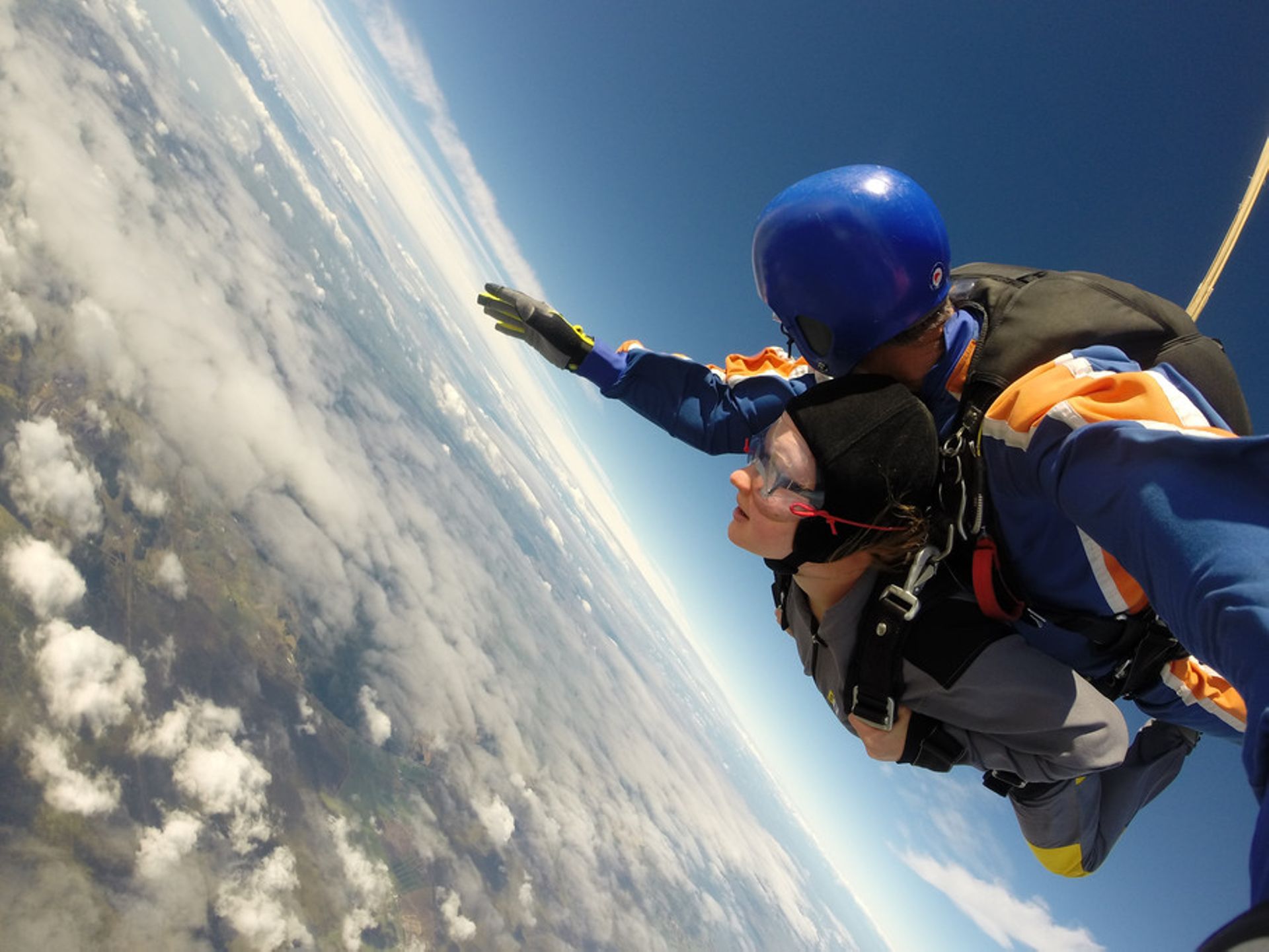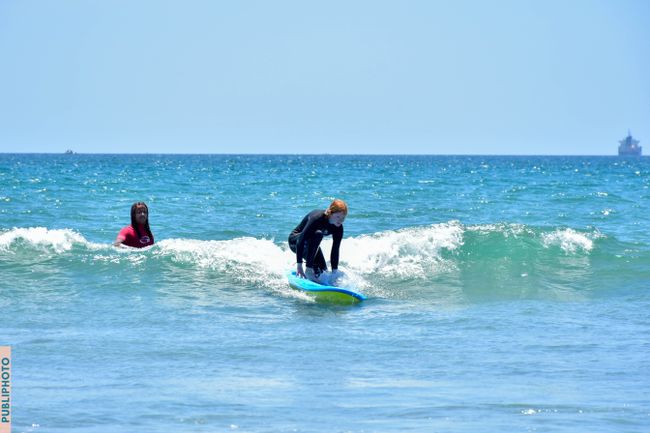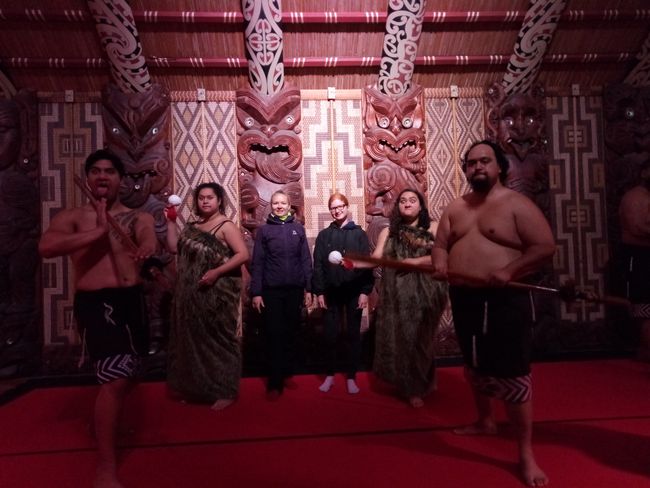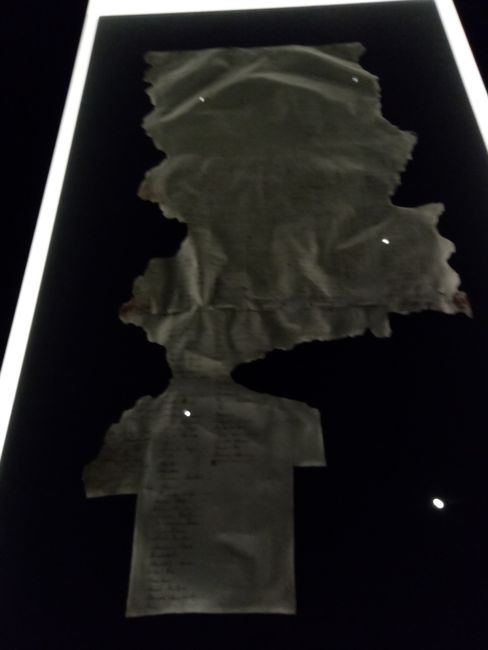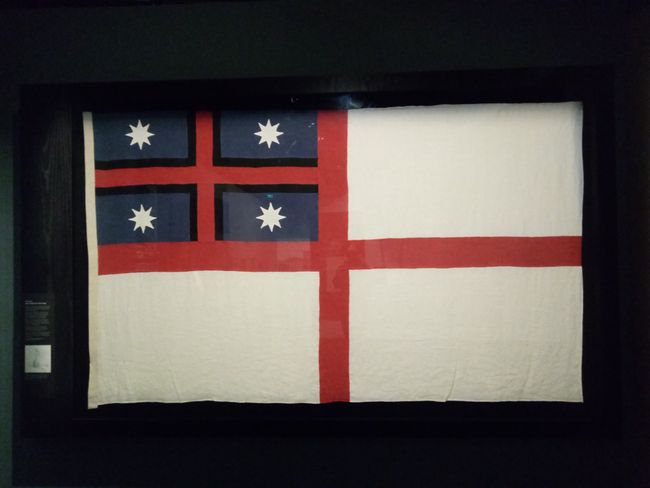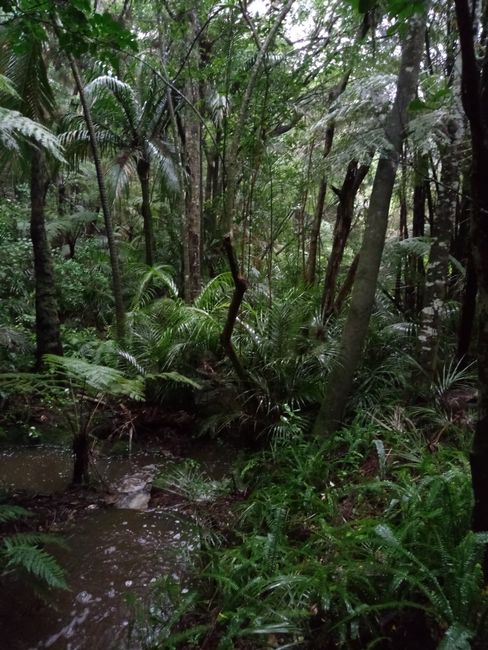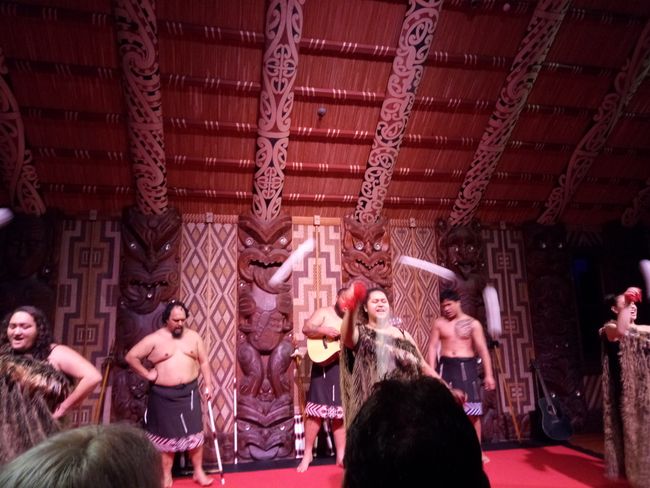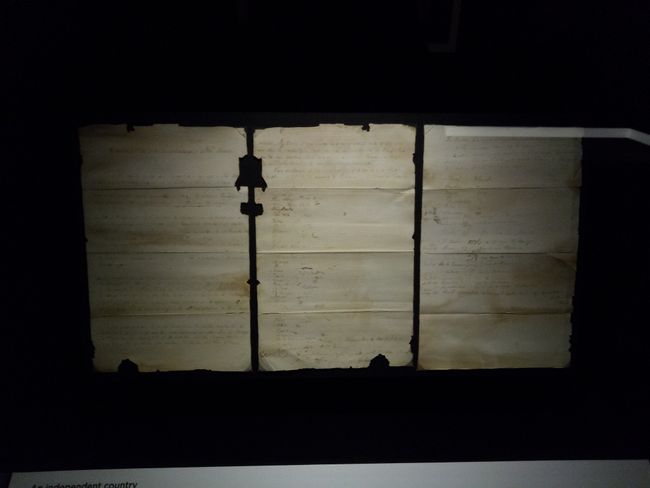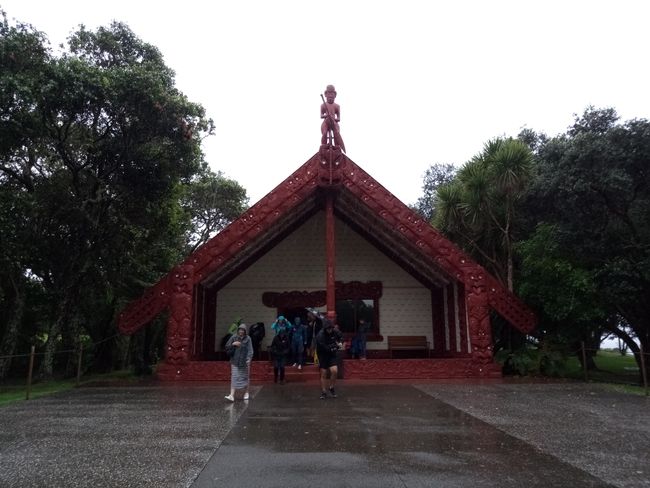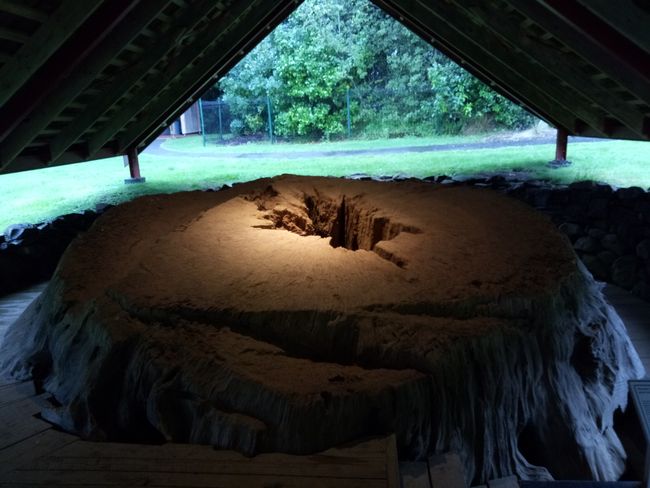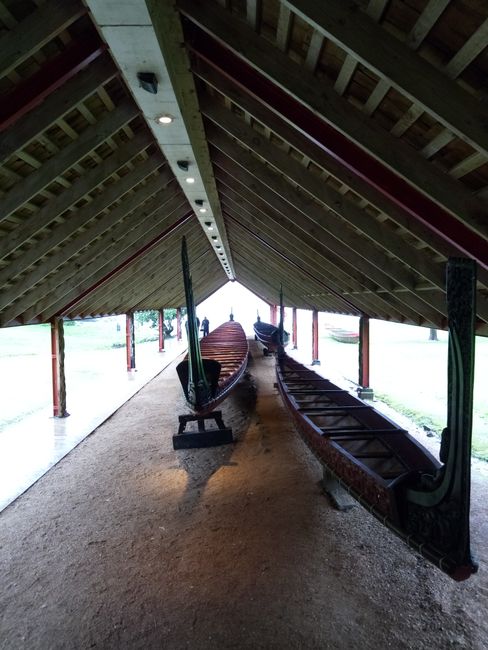The Waitangi Treaty Grounds
E hatisitsoe: 18.09.2018
Ngolisa ho Newsletter
Because we were spared bad weather yesterday, it rained for at least 30 hours today. Oh great. As beautiful as Paihia is, it doesn't offer any activities in the rain (hiking is out...).
I had booked a day ticket for the Waitangi Treaty Grounds in advance for today. It wasn't one of my best ideas, but the ticket still cost $30 and something like that is not wasted! And a little rain...
Total crap. The path to the museum took 30 minutes, usually a beautiful route along the beach, but completely soaked my pants from one side (it wasn't just rainy, but also windy).
So full of motivation, I arrived at the museum. It could only get better. Which it did. When I crawled under the duvet in the hostel.
Now some background information for you: the Waitangi Treaty is a historic agreement between the Maori and the British Empire and is still controversial today (and it is still valid!). It mainly regulates the contracting parties and the handling of the land, because the Britons had some other ideas back then. It came into effect in 1840 and Waitangi Day is still celebrated on February 6th. For Kiwis, the treaty and the place, Waitangi, symbolize the birth of their nation.
Why is it controversial? There are two versions of the treaty, one in English and Maori. And the translations differ quite a bit, which quickly led to misunderstandings between the Maori and the British.
The Maori actually had a written language and even approaches to literary history. In ancient times, all knowledge was passed down orally, but after the first settlers in New Zealand and the first Maori in England, the Maori quickly developed a script. So it happened that the Maori could create and sign the treaty shortly after the arrival of the Europeans.
However, before the actual treaty was created, a union of tribal leaders, at the suggestion of the British, proclaimed the independence of the nation of New Zealand, including its own flag. So New Zealand could become another British colony. Where the Britons saw routine work, the Maori were not amused. They hadn't imagined it like this at all. A bit simplified, this conflict led to the New Zealand Wars.
Today, many Maori and Kiwis see the treaty as an opportunity to share their nation peacefully. However, Maori still protest and remind the Europeans to uphold the treaty.
In short, this is the most important thing I learned in a one-hour guided tour. We were also shown a huge waka (canoe), the largest in the world. It can carry up to 120 people (40 on each side and 40 in the middle) and is 35m long. Three whole kauri trees had to be felled for the boat. The top of the canoe is wavy, like shark skin, to optimize speed. Every year on Waitangi Day, the beauty is launched into the water.
After the tour, there was a cultural performance where Maori perform traditional music and dances. And no one was allowed to leave the house without a photo.
If you managed to do all of this, there was still a museum where everything was explained in more detail. Don't hold it against me, but my motivation had dropped to a minimum. Until now, I had mainly walked through the area, which would have been beautiful on a sunny day, but was absolutely no fun in the rain. I was so cold, I was wet, and I just wanted to get back to the hostel. So I dragged myself through the museum half-heartedly and then trudged back to the hostel in the rain.
But I wasn't the only one: our tour guide really made an effort to make the tour fun and lighthearted, but every time he asked a question, he looked at 20 stone faces...
In the hostel then it was time for showers, tea, and broccoli - the full program. Now I'm going to pack (I'm moving tomorrow) and look through some job offers. As a result of frustration, I'm even having potatoes today, I'm looking forward to it.
And if the weather isn't better tomorrow...
Ngolisa ho Newsletter
Araba

Litlaleho tsa maeto New zealand
